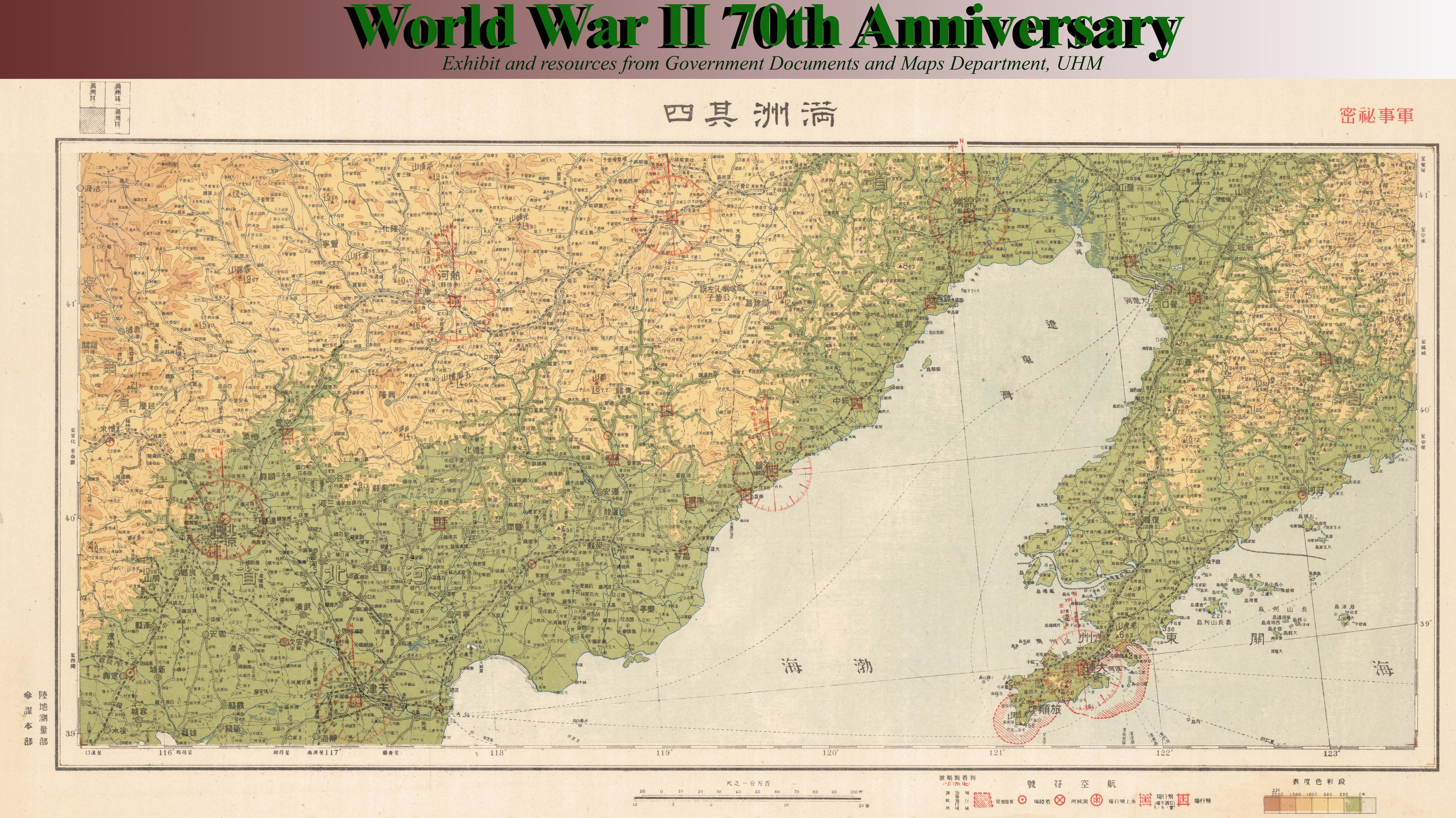Japanese special attack forces last sortie; Sado Island POW massacre

August 2, 2015-August 8, 2015
Location: Government Documents
The United States feels options have run out in face of the fanatical militarism of Japan. How to bring an end to a war that could bring millions more in deaths. With a single event, the state of human affairs is changed forever: the use of a nuclear bomb as a weapon of war. About 70,000 perish instantly from the uranium bomb dropped on the carefully selected target city of Hiroshima in southwestern Japan. About an equal number will die afterwards from burns, radiation sickness, and cancer. In the brutality of World War II, these casualties are surpassed, nonetheless, by such venues as the fire bombing of Tokyo March 9-10, and the rape of Nanking--not to speak of the Holocaust.
While factions within the Japanese government wrangle with questions of whether, when, and how to surrender, the US Office of War Information, stationed in Saipan, goes into overdrive. Previously, the office had dropped millions of leaflets with the text of the Potsdam Proclamation. Now they broadcast via Radio KSAI messages to the Japanese people and prepare millions more leaflets of warning as a second atomic bomb is prepared. You can read about the efforts of this office to warn the Japanese people in the weeks leading up to the end of the war online at the Central Intelligence Agency library website.
OWI notice #2106 dropped August 1, 1945. Verso: text in Japanese warns: "Read this carefully as it may save your life or the life of a relative or friend. In the next few days, some or all of the cities named on the reverse side will be destroyed by American bombs. . . ." (Note: neither Hiroshima nor Nagasaki are named on the front side of this leaflet.)

Newsmap. Monday, 13 August, 1945: week of 31 July to 7 August, V-E Day + 14 weeks, 191st week of U. S. participation in the war. A summary of the Potsdam conference in text, with map showing European boundaries as of January 1938. Inset map details administration of eastern Germany and East Prussia. Verso: Map of Formosa; inset map shows location of Formosa in Asia.


- View this map in print in the Map Collection reading room, ground floor of UHM Hamilton Library, the week of 2 August 2015
- View this map online through the University of North Texas Digital Library ( http://digital.library.unt.edu/ark:/67531/metadc860/)
Notes: Newsmaps were color posters issued by the U.S. Army and the Government Printing Office (GPO) on Mondays during the World War II. They combine maps, images, and news from the previous week’s war effort.

